Ultimate Guide To Non-Toxic Home Cleaning
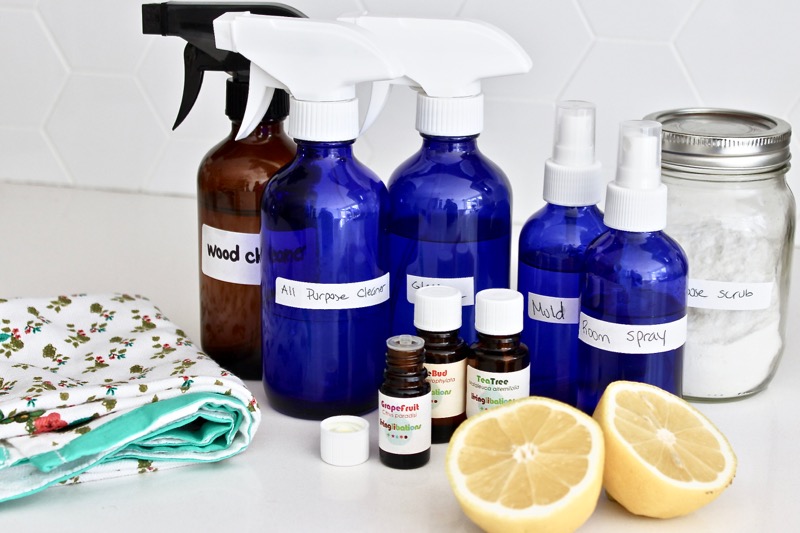
If you’ve been reading me for a while, you may have noticed that I have touched on the subjects of healthy home and personal care over the years. While the food we eat is undoubtedly important to supporting our health, a healthy home environment is more crucial because our homes – from the air we breathe to the products we use to clean – can actually be more toxic for us than our diet. This is why a non-toxic home cleaning approach is vitally important.
Most conventional cleaning advice calls for cleaning and disinfecting every single nook and cranny of your home till it gleams. However, the problem with this is many of the products designed to accomplish this are loaded with toxins that are worse for us than the dirt itself.
If you’re embarking on a home cleaning project in the next few weeks, try implementing these tips to ensure your cleaning adventures are non-toxic and safe. We want real clean – not a chemical coating.
Ingredients In Cleaning Products To Avoid
Give your cleaners a once over and responsibly dispose of any cleaning products that contain harmful ingredients. Some dangerous ingredients to avoid include:
- Triclosan – linked to skin sensitivity, liver damage and hormone disruption
- Parabens – disrupt our endocrine system (our hormones) and may increase breast cancer risk
- Phthalates – disrupt our endocrine system and affect reproduction (including sperm count)
- Ammonia – causes skin, eye and respiratory irritation, worsens asthma
- Chlorine – aggravates asthma, destroys gut bacteria and is linked to colon/bladder cancer
- 2-butoxyethanol – irritates our skin and eyes
- Fragrance (this is an umbrella term for thousands of chemicals that are untested and potentially unsafe) – triggers allergies and asthma, linked to hormone disruption
- Sodium lauryl sulfate (SLS) and sodium laureth sulfate (SLES) – linked to severe skin irritation and may be contaminated with 1,4-dioxane, a carcinogen
- Quaternary ammonium compounds – linked to allergies and asthma
- Butylated hydroxytoluene (BHT) – may damage liver and kidneys, disrupts hormones and promotes tumour growth
- Formaldehyde – aggravates allergies, irritates the skin and burns eyes, nose and throat, linked to cancer
- DEA (diethanolamine), TEA (triethanolamine) and MEA (monoethanolamine) – can cause allergic reactions, linked to liver and kidney cancer
You might have a collection of cleaning products at home that are meant for cleaning a single part of your home – the shower, the toilet, the sink, kitchen counters, the air, windows, blinds, mirrors, floors, the list goes on. The truth is, you don’t need a billion products to clean your home thoroughly – just a few good multi-purpose products can get the job done easily.
The Ultimate Guide to Non-Toxic Home Cleaning
1. Clean Up Your Home Cleaning Products
Before you even start cleaning, it’s important to ensure you’re set up to use products that won’t increase your toxic load (this is the body burden we carry of chemicals found in our environment). As I just mentioned, conventional cleaning products are filled with dangerous chemicals that are detrimental to our health.
2. Take Stock of Your Stuff and What You’re Actually Using
I think any home cleaning process needs to examine the possessions we own and whether or not they are serving us. There is no point in cleaning things that are just going to sit there and collect more dust that you’ll need to clean again and again.
Go through your home and assess everything from your knick-knacks to kitchen gadgets to the clothes in your closet. You can find my guide to decluttering your home here. What are you using on a regular basis? If you haven’t touched something in the last year, do you truly need it?
Box up the stuff that you’re not using or wearing and leave it for a month. If you haven’t needed anything in the box (or boxes) during that time (or forget what’s even in there!), give it away to friends and family or donate it to charity.
3. Clean Your Home Room by Room
Hopefully, you don’t just clean your home once a year! Regular maintenance will keep your house fairly clean, and you can reserve whole house deep cleaning for the stuff you don’t do on a regular basis. Keep in mind that you don’t need to do everything all at once, or all in one day or weekend. Create a systematic plan. Maybe you do one room each weekend and spread out the tasks over several weeks.
Another thing to remember is you don’t have to do this alone! If you live with other people, make it a team effort. This will lighten the load, make it more fun and speed up the process. Throw on some great music and promise cookies or homemade chocolate bars or a pizza party when all the work is done.
Free Resource Library
Enjoy more than 40 downloadable guides, recipes, and resources.
4. Cleanse Those Thoughts, Too
Home cleaning isn’t just about your external environment – it also gives us the chance to look inward and work toward an internal environment that makes us feel happy and safe. Having a beautifully clean home is great, but if you’re miserable you’re not going to enjoy it or reap the benefits.
Take stock of your work, your personal life, your relationships, your friendships – are these serving you right now? What makes you happy and what is bringing you down?
Take Your Mental Detox To The Next Level
- Free Coherence Class (with me)
- How to Handle Energy Vampires
- How to Retrain Your Brain for Happiness
- Why Are We Afraid to Create?
- 3 Steps to Spring Cleaning Your Thoughts
- Dramatically Increase Magic in Your Life
- How Does a Gratitude Practice Actually Work?
- No Such Thing as a Bad Decision
- The Powerful Benefits of Stress
- Inspiration to Take the Leap and Ditch Plan B
- Doing the Work in the Face of Fear
- Before and After Photo of My Beach Body
Cleaning house – physically and mentally – may not be the most fun chore around, but wowza is it satisfying and we will know doubt reap the benefits from our efforts ongoing.
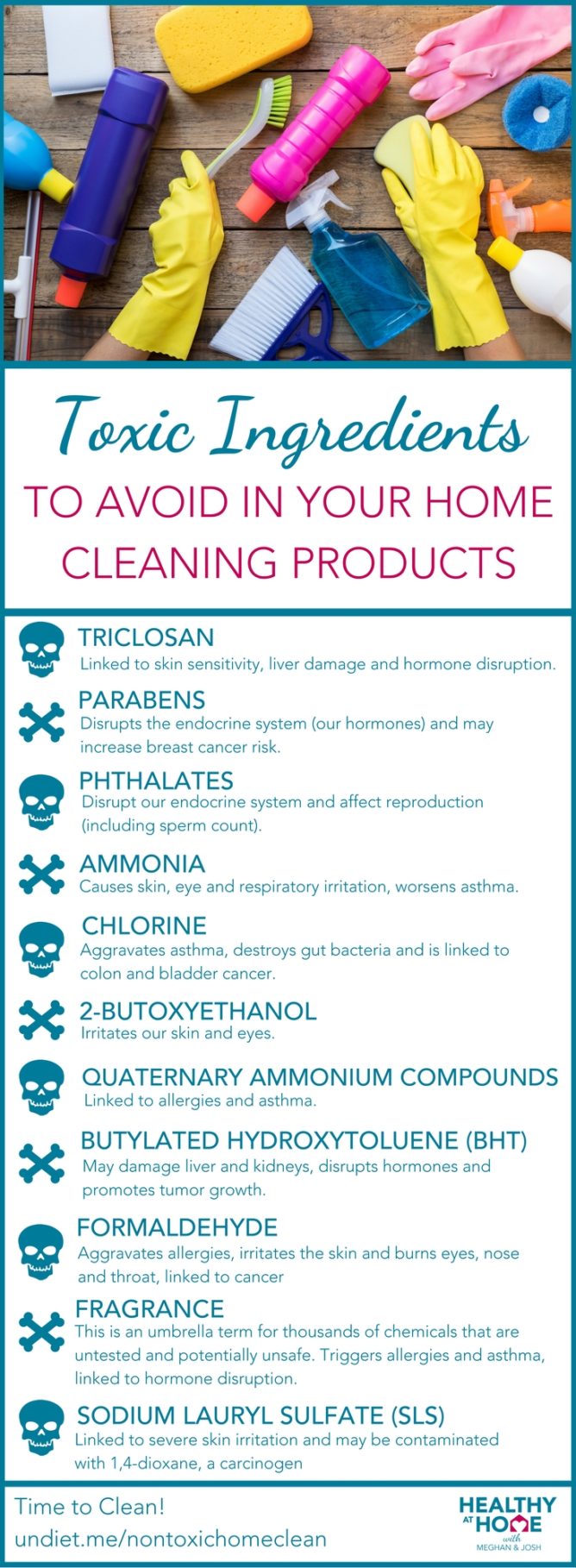
Free Resource Library
Enjoy more than 40 downloadable guides, recipes, and resources.

















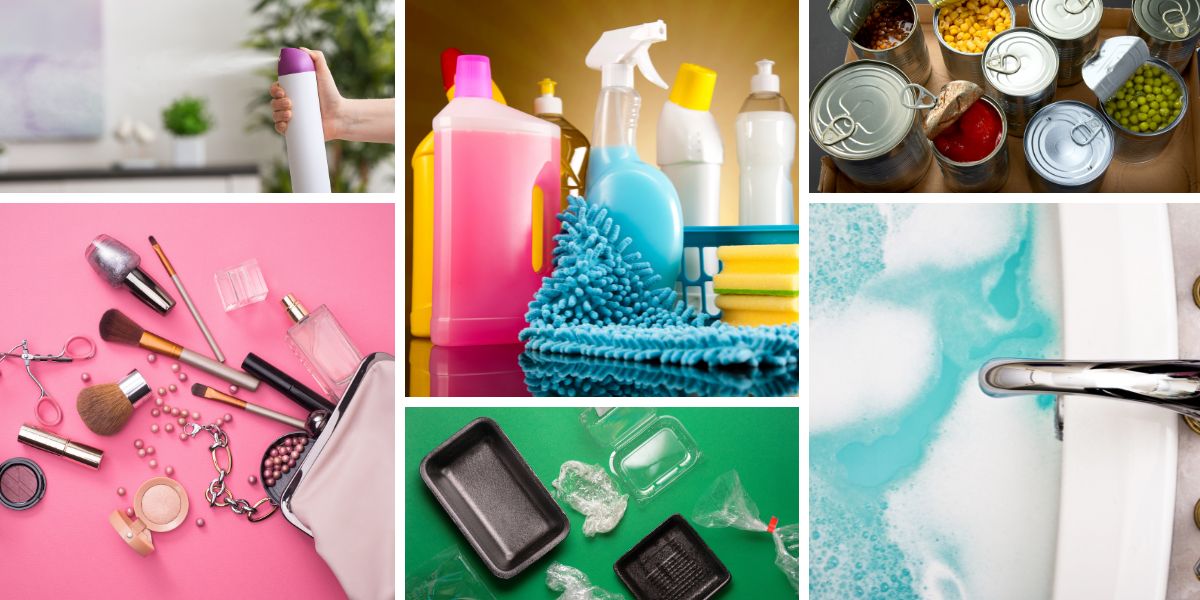

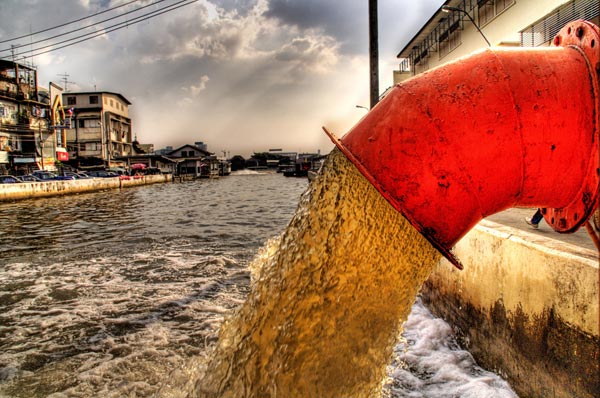

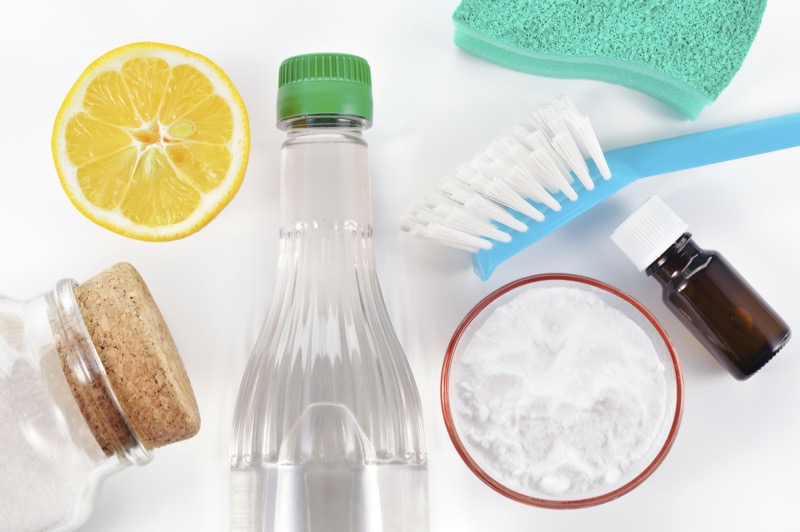

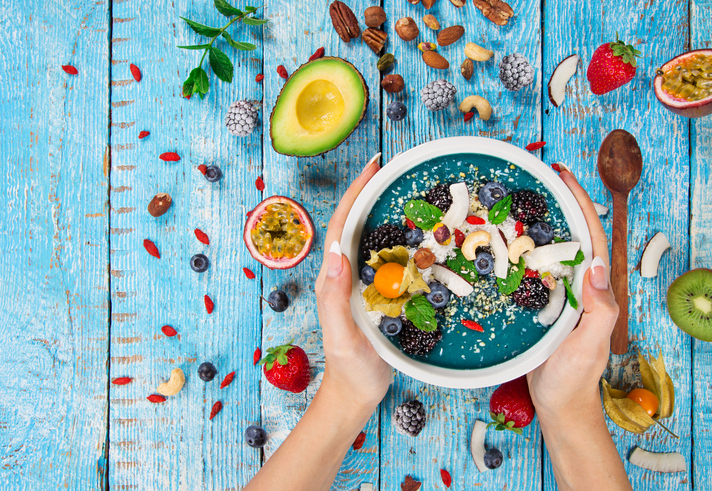
Thank you for that comprehensive information. There are some great options for non-toxic disinfectants these days, such as Zoono. While shopping for such disinfectants, check if it works on a wide range of harmful microorganisms, apart from working on fungi, mold, bacteria and viruses, without harming the people.
Hi Josh and Meghan, I’m looking forward to your course on detoxifying the home. I also hope that you will include a routine cleaning schedule: weekly, monthly, semi annually and annually. I saw many examples on the internet but I’m not sure, the schedule I selected is the most efficient. Perhaps you would have a word of advice to deal with people who preserve too many useless items.